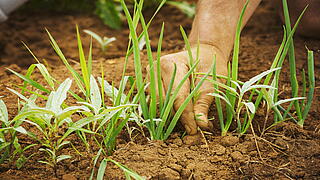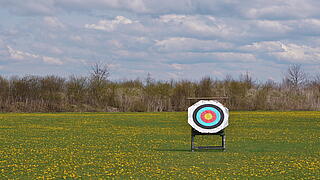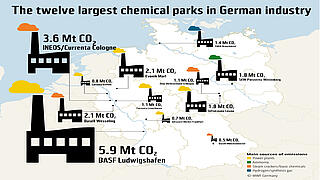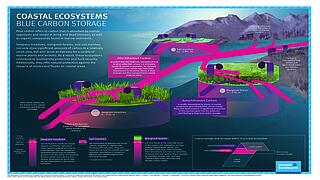Forests provide habitats for people, plants and animals. They store and filter water. Their trees and plants convert CO2 into oxygen and absorb carbon. As natural carbon reservoirs and sinks, they are particularly important for the climate. They also produce wood, which can be used in a variety of ways as a renewable raw material. Forests must be given special protection and managed sustainably in the long term so that they can make a direct contribution to climate change mitigation and the conservation of biological diversity. However, the way in which our forests are used often conflicts with a high level of nature conservation and climate ambition.
Researchers at the Oeko-Institut are attempting to resolve this conflict in the interests of a more conservation-oriented and sustainable approach to forest use. They analyse the contribution made by forests as carbon sinks, and they identify the necessary changes in forest management and the associated impacts on the use of timber as a raw material. They develop the bases for European decision-making on responsible biomass use and implementation of these decisions in Germany. And lastly, they develop frameworks for the provision of financial support to further incentivise ecological forest management.













